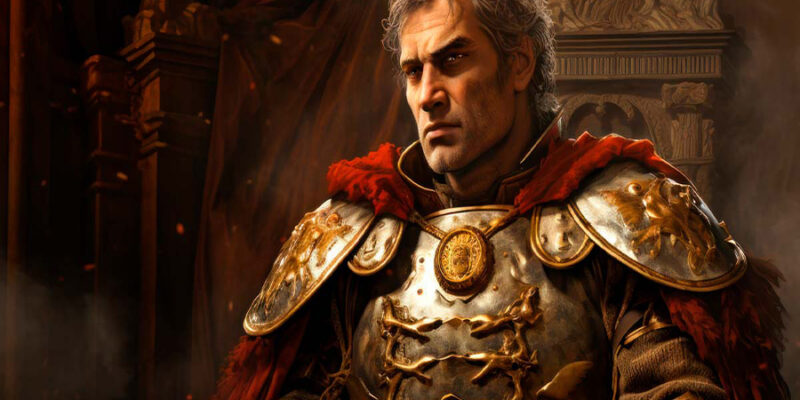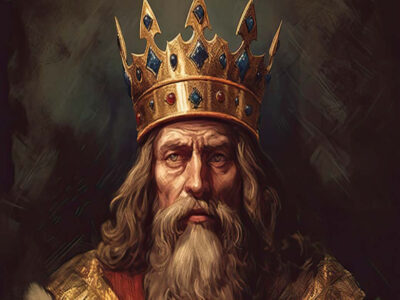The passing of Constantine in 337 AD marked a critical juncture in the history of the Roman Empire, heralding profound changes that would shape its destiny. With his demise, the empire faced the looming specter of division, ultimately leading to the fracturing of its once-unified realm.
Constantinople’s Ascendancy and Rome’s Decline
Constantine’s visionary establishment of Constantinople as a new imperial capital symbolized the shifting tides of power within the empire. While Constantinople flourished under his patronage, Rome, the former bastion of Roman authority, languished in decline. This geographical schism laid the foundation for the separation of the empire into eastern and western realms, each governed by its own emperor.
The Vulnerability of a Divided Empire
The division of the Roman Empire into east and west left both regions susceptible to internal discord and external aggression. Throughout the fifth century, waves of barbarian invasions swept across the Western Empire, dealing crippling blows to its once-mighty stature. The sacking of Rome by the Goths and Vandals in 476 AD marked a poignant nadir in the city’s storied history, signaling the end of an era.
Rome’s Fall, Constantinople’s Resilience
The fall of Rome, while a momentous event, did not signify the demise of the Roman Empire. Instead, it underscored the empire’s resilience and capacity for adaptation. Constantinople, as the new eastern capital, emerged as a beacon of vitality, preserving the empire’s legal traditions, technological innovations, and cultural achievements. This enduring legacy would reverberate through the centuries, shaping the course of history.
The Byzantine Revival and Enduring Legacy
The eastern realm of the Roman Empire, known as the Byzantine Empire, experienced a resurgence in the centuries following Constantine’s death. Despite facing formidable challenges, including Arab conquests and the onslaught of the Ottoman Turks in 1453, the Byzantine Empire endured, leaving an indelible mark on world history. The ideals championed by Constantine, including his embrace of Christianity and advocacy for social reform, continued to resonate, influencing the trajectory of civilization.
Constantine’s death may have threatened to splinter the Roman Empire, but it ultimately laid the groundwork for its evolution and endurance. Through the rise of Constantinople and the resilience of Byzantium, the legacy of Constantine lived on, shaping the contours of the modern world.










Comments